Road Tyres TUFO
| Model | Size | Weight | Pressure | TPI | Colour |
|---|---|---|---|---|---|
| CALIBRA | 23-622 700x23C |
205 g | 6–10 bar (90–145 p.s.i.) |
120 / 240 | ⚫️ Black |
| CALIBRA 25 | 25-622 700x25C |
235 g | 6–9 bar (90–130 p.s.i.) |
120 / 240 | ⚫️ Black |
| CALIBRA PLUS | 23-622 700x23C |
180 g | 6–10 bar (90–145 p.s.i.) |
120 / 240 | ⚫️ Black |
| CALIBRA PLUS 25 | 25-622 700x25C |
210 g | 6–9 bar (90–130 p.s.i.) |
120 / 240 | ⚫️ Black |
| CALIBRA PLUS 28 | 28-622 700x28C |
235 g | 6–8 bar (90–115 p.s.i.) |
120 / 240 | ⚫️ Black |
| CALIBRA LITE <150 g | 23-622 700x23C |
<150 g | 6–10 bar (90–145 p.s.i.) |
120 / 240 | ⚫️ Black |
| COMTURA DUO 25 | 25-622 700x25C |
225 g | 6–9 bar (90–130 p.s.i.) |
120 / 240 | ⚫️ Black ⚫️? Black-red ⚫️? Black-beige ⚫️? Black-blue |
| COMTURA DUO 28 | 28-622 700x28C |
250 g | 6–8 bar (90–115 p.s.i.) |
120 / 240 | ⚫️ Black ⚫️? Black-red ⚫️? Black-beige ⚫️? Black-blue |
| COMTURA TRIO 25 | 25-622 700x25C |
245 g | 6–9 bar (90–130 p.s.i.) |
120 / 240 | ⚫️ Black |
| COMTURA TRIO 28 | 28-622 700x28C |
275 g | 6–8 bar (90–115 p.s.i.) |
120 / 240 | ⚫️ Black |
| COMTURA AERO 25 | 25-622 700x25C |
215 g | 6–9 bar (90–130 p.s.i.) |
120 / 240 | ⚫️ Black |
| COMTURA AERO 28 | 28-622 700x28C |
240 g | 6–8 bar (90–115 p.s.i.) |
120 / 240 | ⚫️ Black |
| COMTURA 3 TR 25 | 25-622 700x25C |
270 g | 5–7 bar (75–100 p.s.i.) |
210 / 375 | ⚫️ Black |
| COMTURA 3 TR 28 | 28-622 700x28C |
290 g | 4–6 bar (60–90 p.s.i.) |
210 / 375 | ⚫️ Black |
| COMTURA 4 TR 25 | 25-622 700x25C |
260 g | 5–7 bar (75–100 p.s.i.) |
210 / 375 | ⚫️ Black ⚫️? Black-beige |
| COMTURA 4 TR 28 | 28-622 700x28C |
280 g | 4–6 bar (60–90 p.s.i.) |
210 / 375 | ⚫️ Black ⚫️? Black-beige |
| COMTURA 5 TR 25 | 25-622 700x25C |
280 g | 5–7 bar (75–100 p.s.i.) |
210 / 375 | ⚫️ Black ⚫️? Black-beige |
| COMTURA 5 TR 28 | 28-622 700x28C |
300 g | 4–6 bar (60–90 p.s.i.) |
210 / 375 | ⚫️ Black ⚫️? Black-beige |
| STATUS EST 24 | 24-622 700x24C |
265 g | 6–9 bar (90–130 p.s.i.) |
120 / 240 | ⚫️ Black |
Road Tyres TUFO (Tubulars)
| Model | Size | Weight | Pressure | TPI | Colour |
|---|---|---|---|---|---|
| S33 PRO | 28″ 21 mm | 260 g | 8–12 bar (115–175 p.s.i.) |
60 / 90 | ⚫️ Black ⚫️? Black-red ⚫️? Black-beige |
| S33 PRO 24 | 28″ 24 mm | 310 g | 6–8 bar (90–115 p.s.i.) |
60 / 90 | ⚫️ Black ⚫️? Black-red ⚫️? Black-beige |
| HI-COMPOSITE CARBON | 28″ 23 mm | 260 g | 8–12 bar (115–175 p.s.i.) |
120 / 240 | ⚫️ Black ⚫️? Black-beige |
| HI-COMPOSITE CARBON 25 | 28″ 25 mm | 300 g | 6–8 bar (90–115 p.s.i.) |
120 / 240 | ⚫️ Black ⚫️? Black-beige |
| HI-COMPOSITE CARBON 28 | 28″ 28 mm | 320 g | 5–8 bar (70–115 p.s.i.) |
120 / 240 | ⚫️ Black ⚫️? Skinwall |
| ELITE RIDE | 28″ 23 mm | 250 g | 8–15 bar (115–220 p.s.i.) |
210 / 375 | ⚫️ Black ⚫️? Black-beige ?⚫️ Red-black |
| ELITE RIDE 25 | 28″ 25 mm | 290 g | 6–10 bar (90–145 p.s.i.) |
210 / 375 | ⚫️ Black ⚫️? Black-beige ?⚫️ Red-black |
| ELITE JET <160 g | 28″ 20 mm | <160 g | 10–15 bar (145–220 p.s.i.) |
210 / 375 | ⚫️ Black ?⚫️ Red-black |
| ELITE S3 <225 g | 28″ 23 mm | <225 g | 8–15 bar (115–220 p.s.i.) |
210 / 375 | ⚫️ Black ⚫️? Black-beige ?⚫️ Red-black ?⚫️ Blue-black ?⚫️ Yellow-black |
| ELITE S3 25 <265 g | 28″ 25 mm | <265 g | 6–10 bar (90–145 p.s.i.) |
210 / 375 | ⚫️ Black ⚫️? Black-beige ?⚫️ Red-black ?⚫️ Blue-black ?⚫️ Yellow-black |
Road Tyres TUFO (Tubular Clinchers)
| Model | Size | Weight | Pressure | TPI | Colour |
|---|---|---|---|---|---|
| C S33 PRO | 28″ 21 mm | 335 g | 8–12 bar (115–175 p.s.i.) |
60 / 90 | ⚫️ Black ⚫️? Black-beige ⚫️? Black-red |
| C S33 PRO 24 | 28″ 24 mm | 385 g | 6–8 bar (90–115 p.s.i.) |
60 / 90 | ⚫️ Black ⚫️? Black-beige ⚫️? Black-red |
| C HI-COMPOSITE CARBON | 28″ 23 mm | 335 g | 8–12 bar (115–175 p.s.i.) |
120 / 240 | ⚫️ Black ⚫️? Black-beige |
| C HI-COMPOSITE CARBON 25 | 28″ 25 mm | 375 g | 6–8 bar (90–115 p.s.i.) |
120 / 240 | ⚫️ Black ⚫️? Black-beige |
Gravel Tyres TUFO
| Model | Size | Weight | Pressure | TPI | Colour |
|---|---|---|---|---|---|
| GRAVEL THUNDERO | 40-622 (700x40C) |
430 g | 2-5 bar (30-70 p.s.i.) |
210 / 375 | ⚫️ Black ⚫️? Black-beige |
| GRAVEL SPEEDERO | 40-622 (700x40C) |
430 g | 2-5 bar (30-70 p.s.i.) |
210 / 375 | ⚫️ Black ⚫️? Black-beige |
| GRAVEL SWAMPERO | 40-622 (700x40C) |
430 g | 2-5 bar (30-70 p.s.i.) |
210 / 375 | ⚫️ Black ⚫️? Black-beige |
MTB Tyres TUFO
| Model | Size | Weight | Pressure | TPI | Colour |
|---|---|---|---|---|---|
| XC11 TR 27.5” | 27.5×2.25” | 610 g | 2–3.5 bar (30–50 p.s.i.) |
210 / 375 | ⚫️ Black ⚫️? Black-beige |
| XC11 TR 29″ | 29×2.25″ | 650 g | 2–3.5 bar (30–50 p.s.i.) |
210 / 375 | ⚫️ Black ⚫️? Black-beige |
| XC12 TR 29″ | 29×2.25″ | 650 g | 2–3.5 bar (30–50 p.s.i.) |
210 / 375 | ⚫️ Black ⚫️? Black-beige |
| XC13 TR 29″ | 29×2.25″ | 650 g | 2–3.5 bar (30–50 p.s.i.) |
210 / 375 | ⚫️ Black ⚫️? Black-beige |
| XC14 TR 29” | 29×2.25″ | 650 g | 2–3.5 bar (30–50 p.s.i.) |
210 / 375 | ⚫️ Black ⚫️? Black-beige |
Cyclo-Cross Tyres (CX) TUFO (Tubulars)
| Model | Size | Weight | Pressure | TPI | Colour |
|---|---|---|---|---|---|
| CUBUS 33 SG | 28″ 33 mm | 400 g | max. 4.5 bar (65 p.s.i.) |
60 / 90 | ⚫️ Black |
| FLEXUS CUBUS 33 SG | 28″ 33 mm | 350 g | max. 3 bar (45 p.s.i.) |
210 / 315 | ⚫️ Black |
| PRIMUS 33 SG | 28″ 33 mm | 400 g | max. 4.5 bar (65 p.s.i.) |
60 / 90 | ⚫️ Black |
| FLEXUS PRIMUS 33 SG | 28″ 33 mm | 350 g | max. 3 bar (45 p.s.i.) |
210 / 315 | ⚫️ Black |
| DRY PLUS | 28″ 32 mm | 370 g | max. 4.5 bar (65 p.s.i.) |
60 / 90 | ⚫️ Black |
| FLEXUS DRY PLUS | 28″ 32 mm | 340 g | max. 4.5 bar (65 p.s.i.) |
210 / 315 | ⚫️ Black |
Triathlon Tyres TUFO (Tubulars)
| Model | Size | Weight | Pressure | TPI | Colour |
|---|---|---|---|---|---|
| ELITE PULSE | 28″ 22 mm | 230 g | 8–15 bar (115–220 p.s.i.) |
210 / 375 | ⚫️ Black |
| ELITE PULSE 25 | 28″ 25 mm | 280 g | 6–10 bar (90–145 p.s.i.) |
210 / 375 | ⚫️ Black |
| S3 26″ LITE <200 g | 28″ 21 mm | <200 g | 8–15 bar (115–220 p.s.i.) |
120 / 240 | ⚫️ Black |
| S3 LITE <215 g | 28″ 21 mm | <215 g | 8–15 bar (115–220 p.s.i.) |
120 / 240 | ⚫️ Black |
Track Cycling Tyres TUFO (Tubulars)
| Model | Size | Weight | Pressure | TPI | Colour |
|---|---|---|---|---|---|
| S3 PRO | 28″ 21 mm | 195 g | 8–15 bar (115–220 p.s.i.) |
60 / 90 | ⚫️ Black ⚫️? Black-red |
| ELITE <125 g | 28″ 19 mm | <125 g | 10–15 bar (145–220 p.s.i.) |
210 / 315 | ⚫️ Black |
| ELITE <135 g | 28″ 22 mm | <135 g | 10–15 bar (145–220 p.s.i.) |
210 / 315 | ⚫️ Black |
| ELITE <150 g | 28″ 19 mm | <150 g | 10–15 bar (145–220 p.s.i.) |
210 / 315 | ⚫️ Black |
| ELITE <160 g | 28″ 22 mm | <160 g | 10–15 bar (145–220 p.s.i.) |
210 / 315 | ⚫️ Black |
FAQ – Bike Tyres TUFO 2021
Although a tubeless system is not essential for gravel riding it is highly recommended. Tubeless tyres allow you to ride with low pressure without the risk of punctures, giving you more grip and comfort off-road. In addition, thanks to the sealing agent used in tubeless tyres, small punctures are automatically removed and patched.
Tubeless Ready is a tyre suitable for tubeless kits. This is the most common designation for tubeless tyres. Tubeless Ready tyres can be used both with and without an inner tube because the tyre and the wheel rim are designed to directly seal one another. Tubeless Ready tyres are significantly lighter than traditional tyres and are sealed with a special milk. Tubeless Ready tyres can be run at lower pressures than traditional tubed tyres and are therefore much less likely to puncture.
The treatment of tubeless tyres is the same as for normal tyres with inner tubes. Once the valve of a tubeless tyre has been removed, the inner tube can be fitted to the rim in the same way as a normal tyre. Note, however, that it is likely to be more difficult to get the tyre bead back on the rim. Before fitting an inner tube, read the manufacturer’s recommendations and check that the interior of the tubeless tyre is suitable for the tube.
The Continental Cross King CX RaceSport is today’s lightest gravel tyre weighing just 305 grams in a 32mm wide size.
Gravel tyres are a hybrid of road and MTB tyres. The most common width range is 32-50 mm. They are lighter than MTB tyres but heavier than road tyres. Gravel tyres also have a less aggressive tread than mountain bike tyres, but have a higher rolling resistance than road tyres. The tread is generally shallow enough to affect rolling resistance much less than on mountain tyres.
Almost all gravel wheels are suitable for disc brakes and tubeless kits. The inner width of the rim oscillates between road wheels and MTB wheels, usually in the range of 20-25 mm to accommodate wider tyres. Gravel wheels are designed for varied terrain, smooth gravel, gravel or dirt roads, singletrack and asphalt.
The main difference is the inner width of the rim. Gravel wheels are wider than road wheels to better accommodate wider tyres. While most road wheels have an inner rim width in the 17-21mm range, dedicated gravel wheels are usually around 20-25mm. The wheelsets available from SzobakBike.com built on DT Swiss rims have up to 24mm internal rim width.
If you plan to ride both on the road and on a gravel surface, it’s a good idea to choose rim and tyre sizes between 25-50 mm. Therefore, the inner width of the rim should be at least 20 mm. The ideal solution for a 40 mm tyre for gravel roads is to choose rims with an internal width of 21-24 mm.
The gravel wheel sets from the SzobakBike.com factory weigh between 1480 and 1980 grams depending on the model and components used. The lightest kit is the DT Swiss R470 Novatec D411/D412 Pillar, while the heaviest is the DT Swiss G540 Novatec 791/792 Pillar.
The gravel wheel sets available from the SzobakBike.com manufactory have between 24 and 28 spokes per wheel. However, kits with 32 spokes per wheel can also be found on the market. If you are planning cycling trips, bikepacking and installing bags and panniers, then consider buying wheels with more spokes.
The gravel wheels available at the SzobakBike.com manufactory cost from €273 to €1209.
Road bikes have such thin tyres for two main reasons. The first is that with less tyre contact with the road, friction is reduced and the wheel rolls faster than with a fat tyre for the same energy expenditure. The second reason is weight. The thinner the tyre, the lighter it will be.
A tubeless tyre with a width of 28 mm is the fastest (in rolling resistance tests) according to tests. At 40 km/h, a high-quality clinker tyre with a latex inner tube is 2 watts slower. Comparing rolling resistance, a 25mm wide tubeless tyre at 95-100psi is the same as a 30mm wide tubeless tyre at 72-80psi.
Remember that larger tyres are both wider and protrude more from the wheel. On a road bike, there is a good chance that you can fit a slightly larger tyre (say from 25mm to 30mm), but not a hugely larger tyre. It depends on your frame and fork.
The folding tyre is a special version of the clunker tyre. The wire bundle is replaced by a bundle of Kevlar strands. This allows the tyre to be folded and, depending on the tyre size, makes it approximately 50-90 g lighter.
The tyre bead is either made of wire – rigid clinker tyres; or it can be made of Kevlar threads – folding clinker tyres. Folding tyres are lighter, easier to transport and have better performance, but they cost more to produce, so they are more expensive.
Check the sidewall of the tyre – the numbers there indicate the size of the tyre (approximately its outer diameter and width, but not always in that order). For example, a tyre for a road bike: 700 x 25c means a tyre with an outer diameter of 700 mm and a width of 25 mm.
Road bike tyres are assumed to last between 1500 and 5000 kilometres. Top-of-the-range (more expensive) tyres should last at least 4,000 kilometres. However, you should check the tread of your tyres and follow the manufacturer’s advice.
Definitely yes, but such a solution has its limitations. Check that your road bike will accommodate gravel tyres of a given width and tread height and that the rims of your bike are suitable for the wider tyres.
Absolutely. Better tyres can make a huge difference especially in speed. But tyres are all about compromises and value for money. Fast-rolling, flexible tyres will not be as puncture resistant and will not last as long.
The standard road tyre size is 700c x 23mm, 700c x 25mm or 700c x 28mm, which means a tyre diameter of around 700mm and a tread width of 23mm, 25mm or 28mm.
Most road bike frames can accommodate tyres that are about 28 mm wide. Before buying a tyre, however, it is worth checking the front and rear forks of the frame carefully to ascertain the maximum width range.
The rolling resistance of each tyre size should be approximately the same. Wider tyres are heavier, but offer better traction and control of the bike. Narrower tyres are more aerodynamic and lighter. Most riders are now moving to wider 25mm tyres from the previous 23mm.
A tyre with too little air is more susceptible to punctures when driving on uneven roads. If you run into a pothole at high speed, the inner tube between the tyre and the rim may be cut.
Tyres in 28″, 700C and 29″ sizes have exactly the same rim diameter. The designation 700 is followed by the tyre width in mm and the designation 28 or 29 by the width in inches.
The road bike tyre is designed specifically for bikes intended to be ridden on the road, on smooth and flat asphalt, rather than the bumpy trails for which mountain bike or gravel tyres are optimised. Road bike tyres are usually characterised by a smooth tread surface and are commonly known as “slicks”. They offer the largest contact area on smooth surfaces and provide good levels of rolling resistance and grip.
Bike Tyres TUFO
TUFO Company History
TUFO was founded in Czechoslovakia in 1991 on the wave of social and political changes that accompanied the collapse of the previous political system. The TUFO company was founded by former cyclist Miloslav KLABAL. He built his first tyre on 13 January 1991.
The company started to grow and Miloslav KLABAL hired his first five employees after several modifications and extensions to the production equipment he had installed in his garden house.
Initially, they sold their TUFO bicycle tyres in the immediate area, then started shipping them throughout Czechoslovakia to begin exporting their products to the United States in 1992.
TUFO Bicycle Tyres – 3 decades of experience
In retrospect, it has become clear that the US market was crucial for a strong and stable introduction of TUFO tyres and products to the global market.
From the very beginning, the company has paid strong and special attention to the high quality of its products. TUFO bicycle tyres undergo rigorous checks on every component during production, and the company tests its products in its own dynamic testing laboratory.
TUFO bicycle tyres – 1993 – Otrokovice
TUFO acquired larger production and office space in Otrokovice in 1993. This year, the company has also expanded its range to include TUFO sealant and TUFO adhesive tape for gluing tubulars to rims.
In the same year, TUFO launched and patented an innovative solution for bicycle tyres as the first in the world. This was commonly referred to as a tubular clincher tyre.
TUFO bicycle tyres in Australia and Japan
In 1994, the company successfully entered the Australian and Japanese markets and gradually gained partners in more Asian countries. In parallel, the company grew very well in the United States. TUFO bicycle tyres and other products gradually covered other branches of cycling.
Further development of company headquarters and capacity for TUFO bicycle tyre production
In the following years TUFO bought the previously rented office and production premises in Otrokovice in the Czech Republic. In 1996, it also began construction of its new headquarters with production, storage and office space.
Thanks to the company’s further growth, it expanded its production area to its current size in 2006. And in 2008, the company invested in and bought the old production building at the original Baťa plant in Zléwsie and started development and production of bicycle tyres there.
In the following years, the company set up a modern physico-mechanical laboratory. And thanks to research and product development, in 2018 TUFO added tubeless tyres to its portfolio.


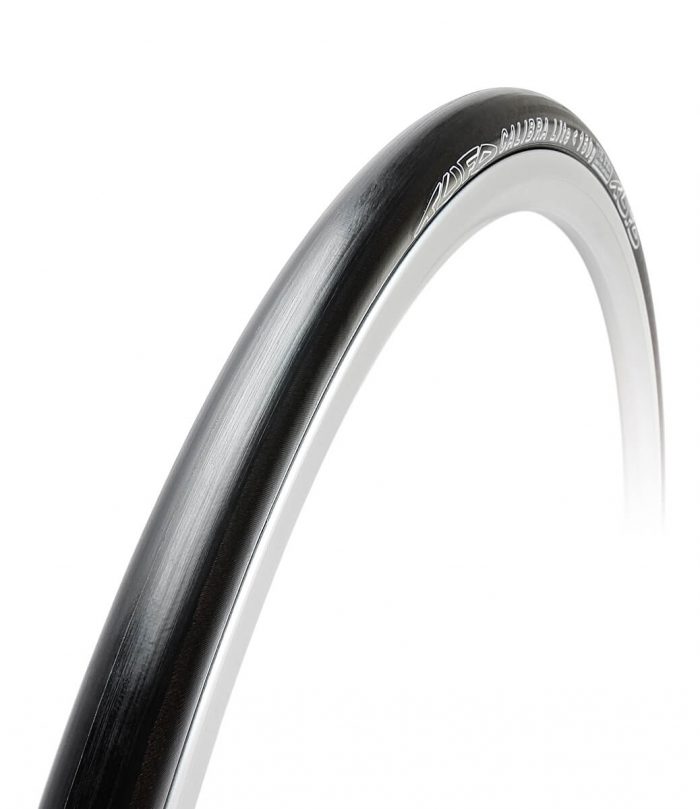
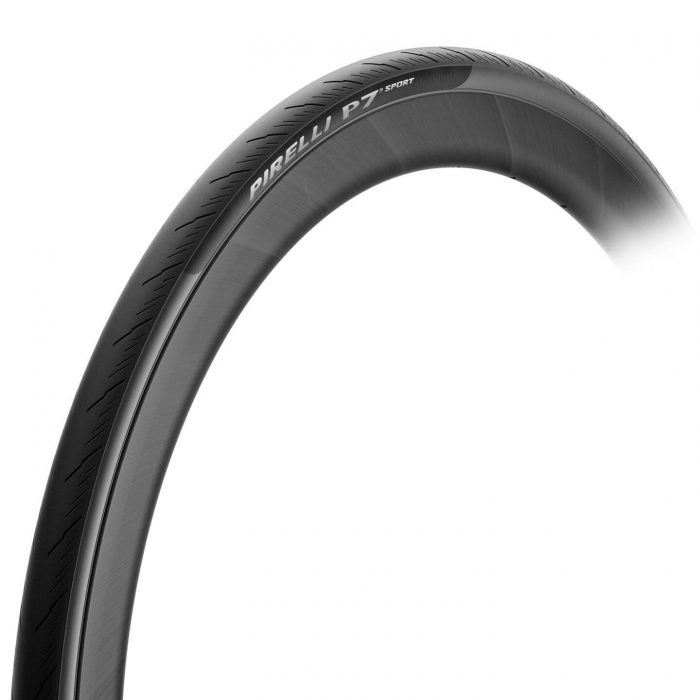
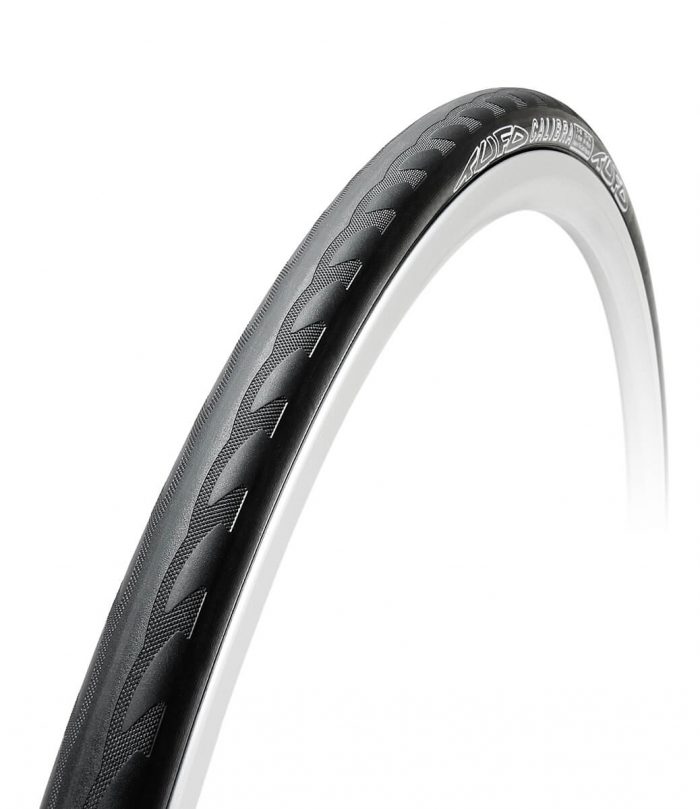
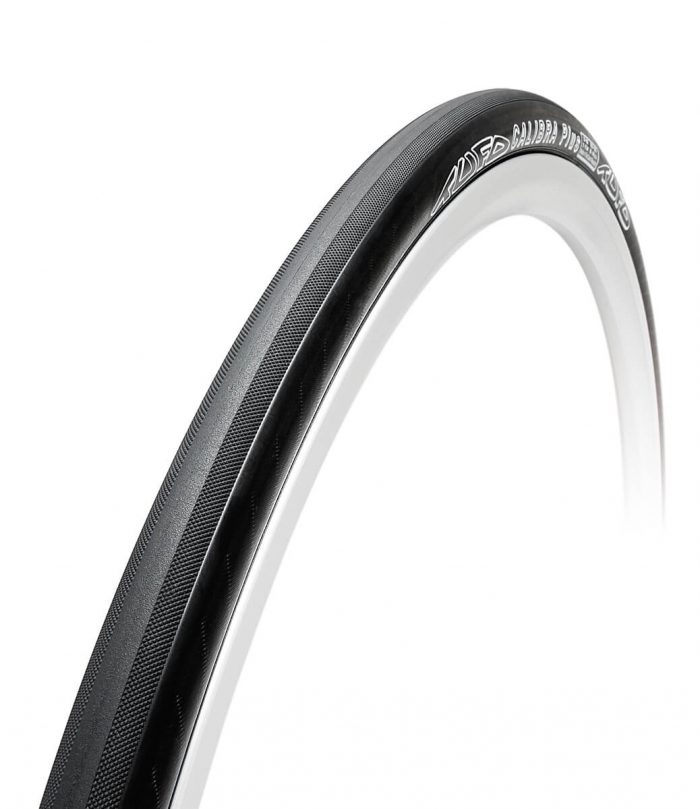
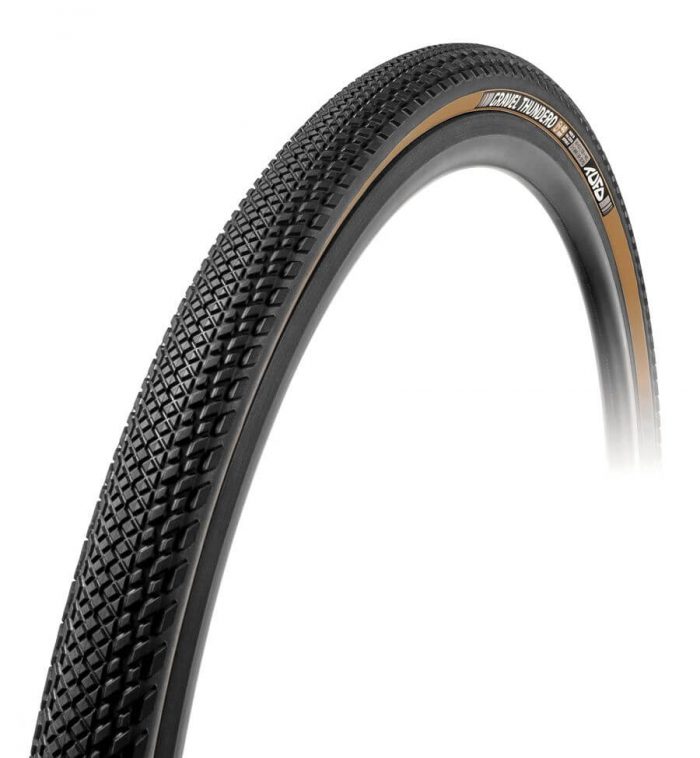
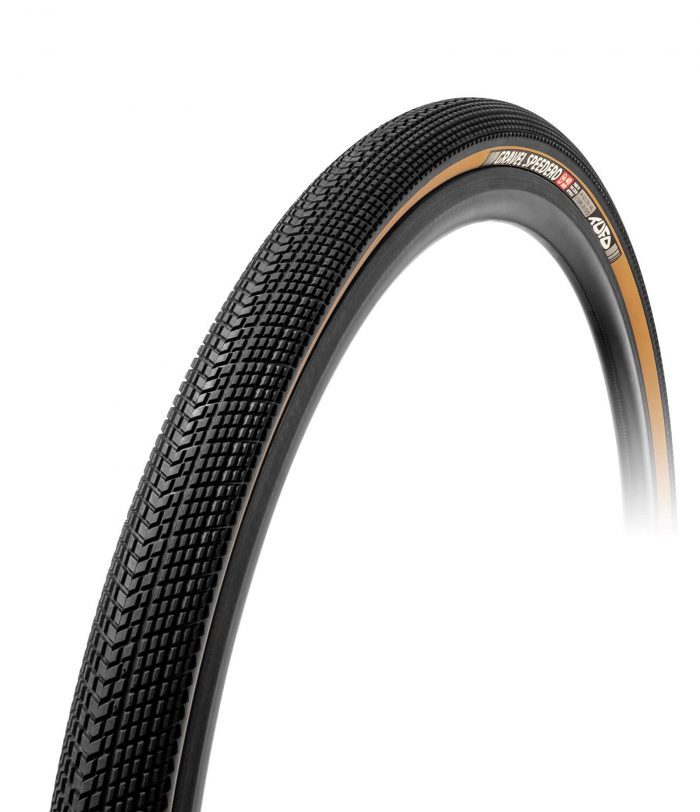
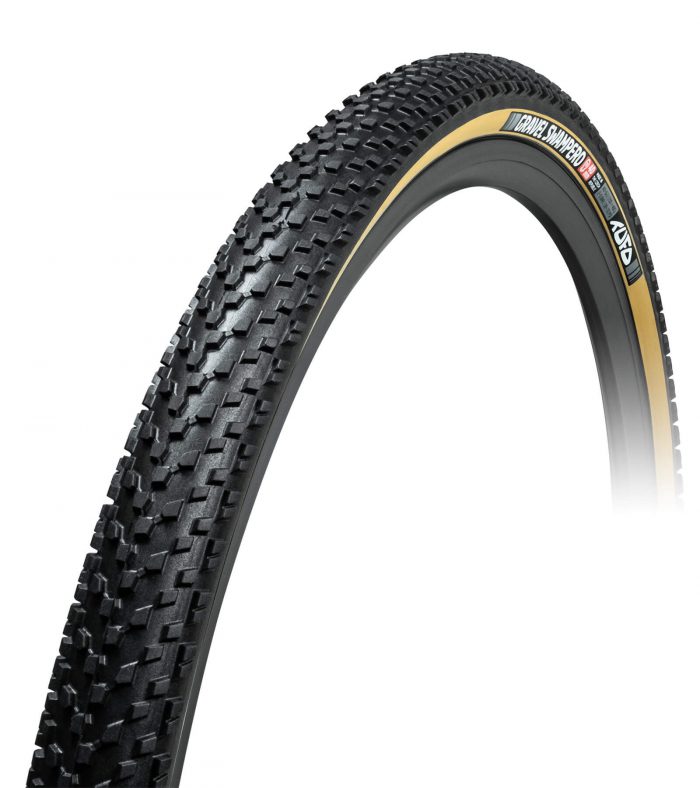
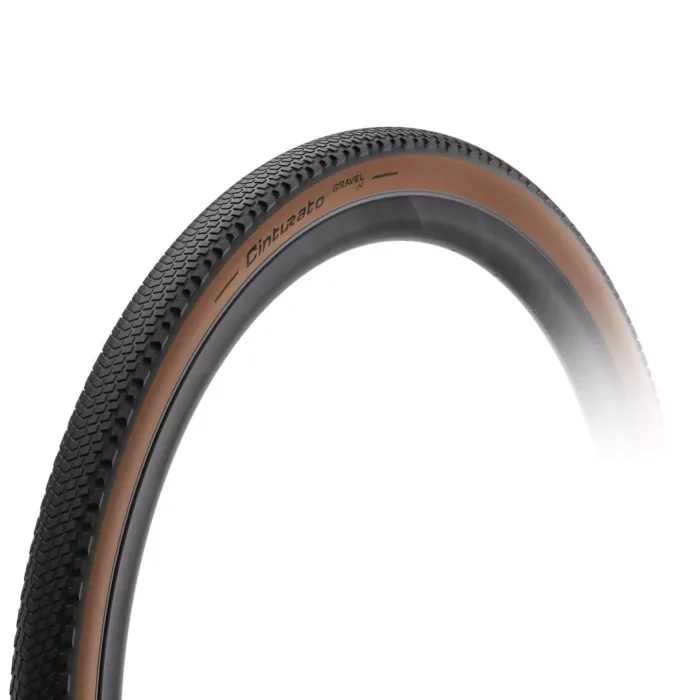
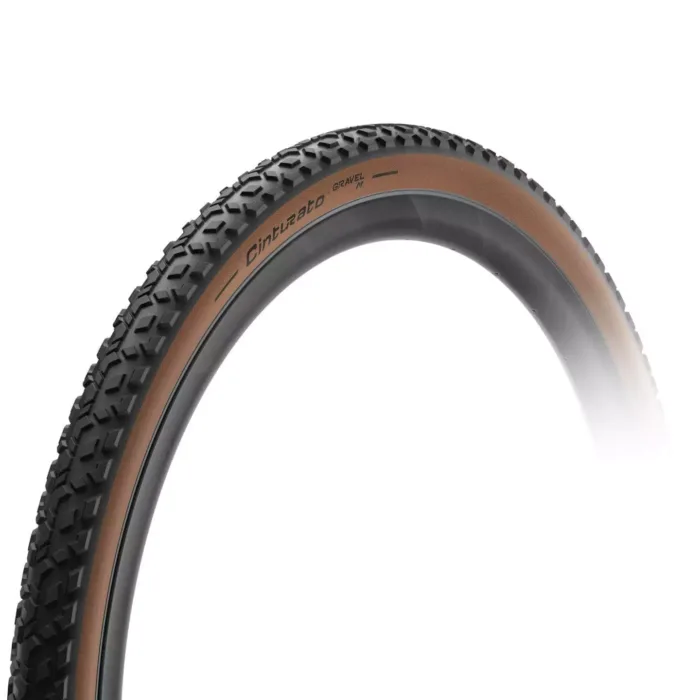
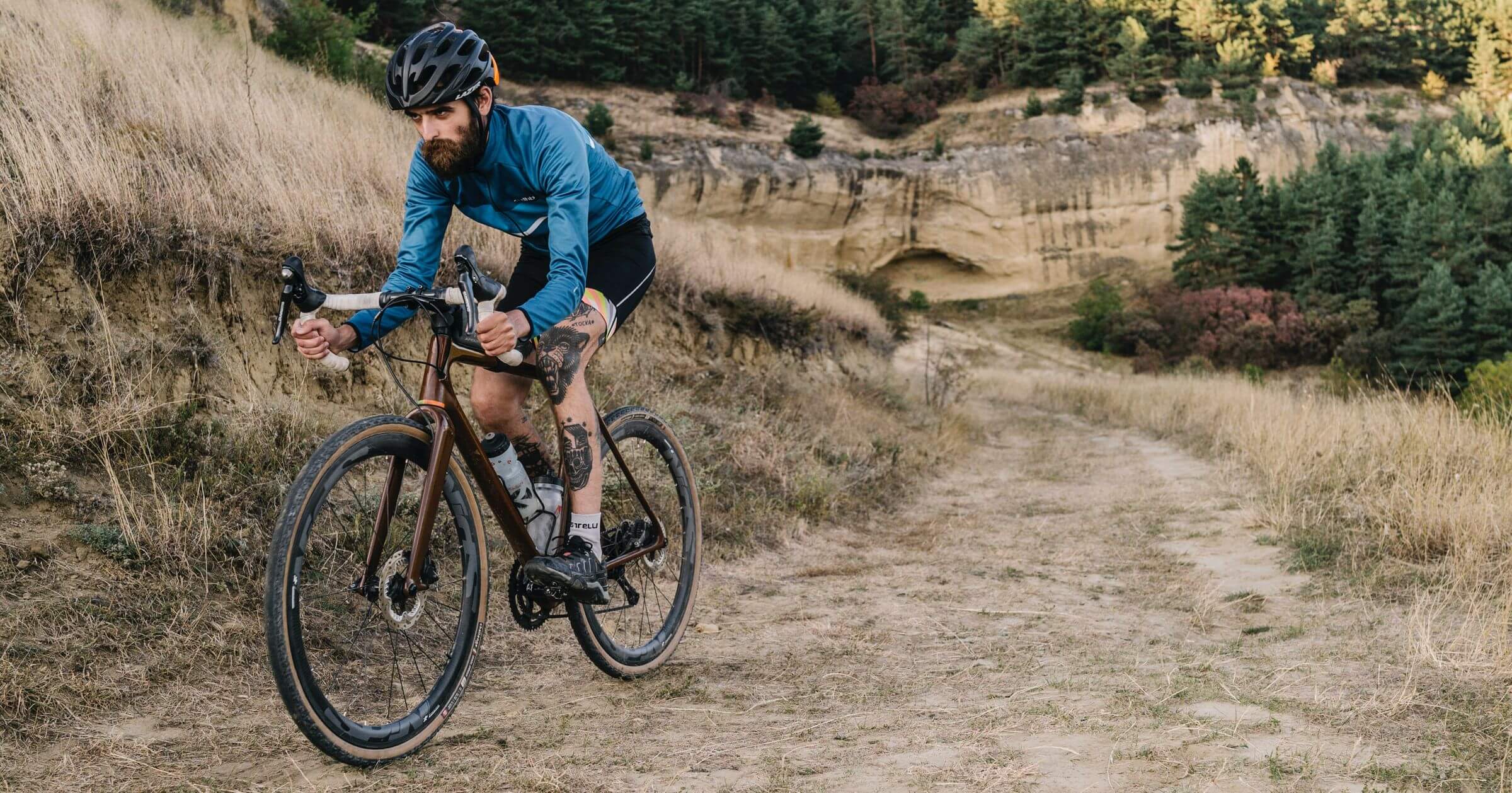
Leave A Comment